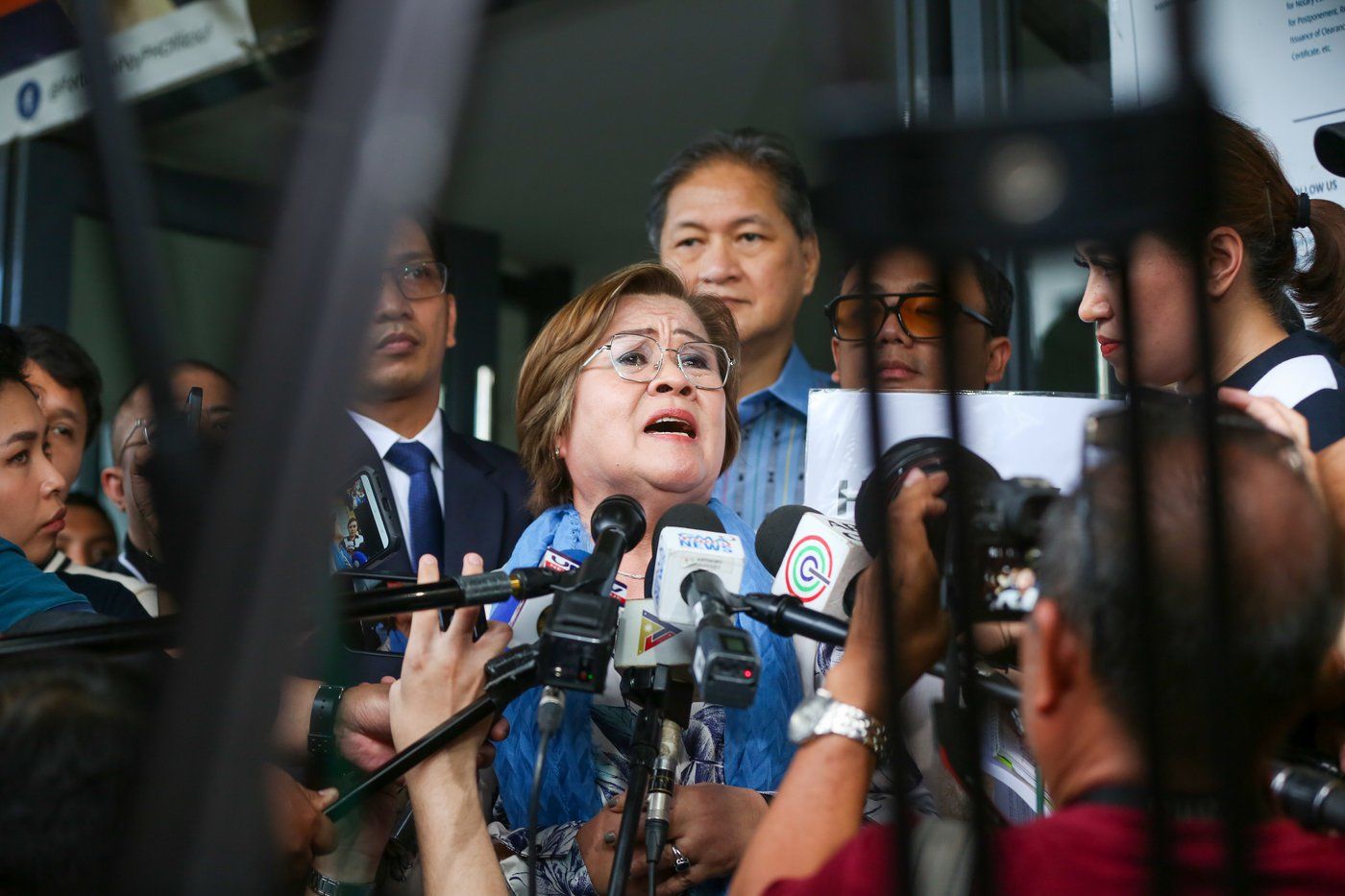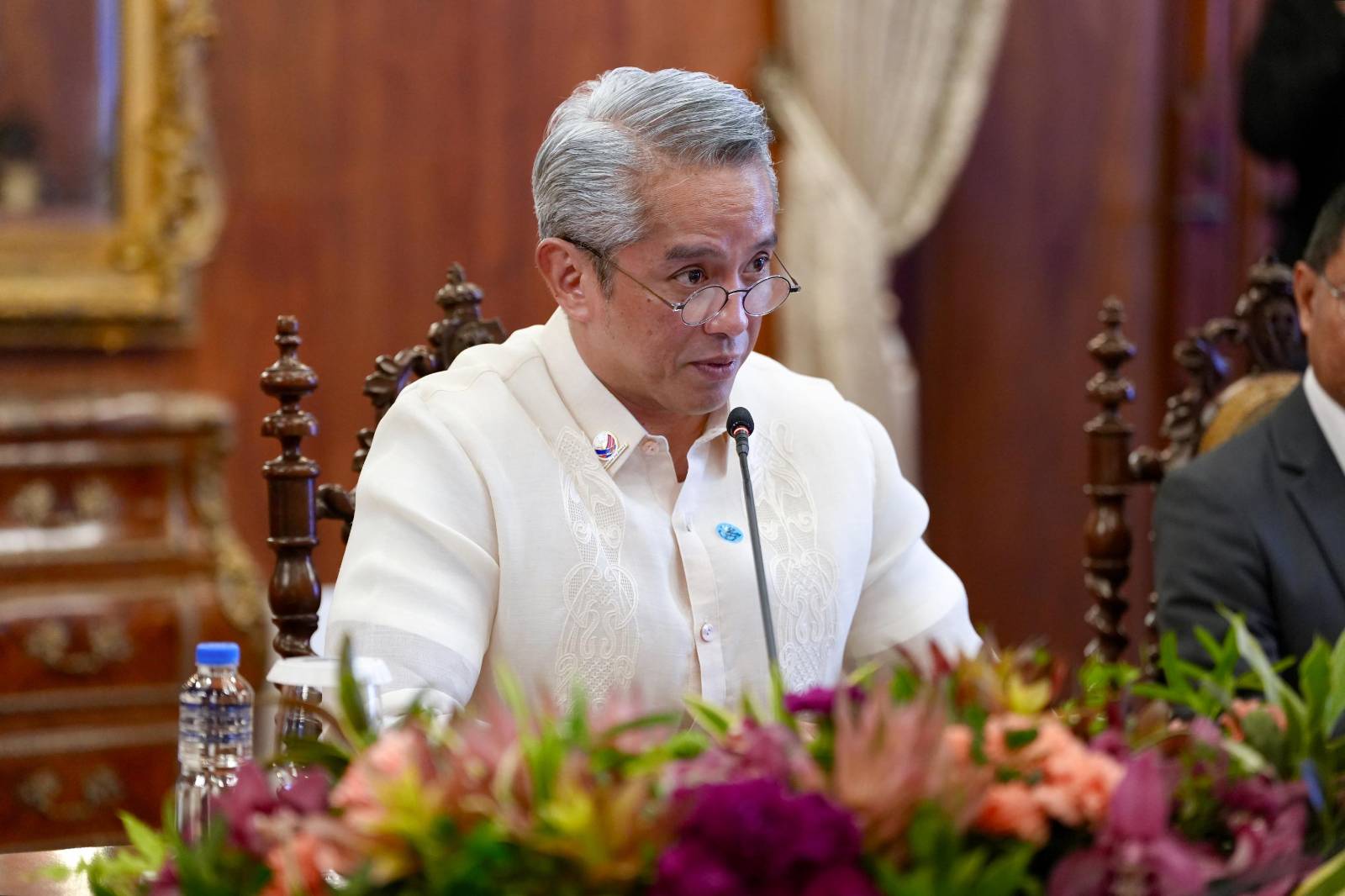 THE PHILIPPINES is facing a mounting threat of vaccine-preventable disease outbreaks as expected delays in vaccine supply continue to hinder the country’s ability to protect its most vulnerable populations, particularly children under five.
THE PHILIPPINES is facing a mounting threat of vaccine-preventable disease outbreaks as expected delays in vaccine supply continue to hinder the country’s ability to protect its most vulnerable populations, particularly children under five.“We’re not just seeing a spike in disease we’re seeing a signal that the systems meant to protect children are faltering,” said June Kunugi, UNICEF Regional Director for East Asia and the Pacific. “No child should suffer or die from a disease we know how to prevent.”
This warning comes amid an alarming report from the World Health Organization (WHO), which revealed a sharp increase in measles cases across East Asia and the Pacific, including the Philippines. Measles cases are now at their highest levels in the region since the onset of the COVID-19 pandemic, with WHO officials calling it a “dangerous comeback” of diseases the world once had under control.
From January to May 2025, the Department of Health (DOH) recorded 2,118 measles-rubella (MR) cases, an 8% rise compared to the same period last year. The spike in infections, most concentrated in NCR, CALABARZON, and Central Luzon, coincides with the reported delays in vaccine procurement intended to support the 2025 immunization program.
Despite pronouncements from the DOH that they are committed to achieving 95% vaccination coverage, impending delays may result to even worsening of the already low vaccination coverate rates. Public health facilities in the country are expecting gap in vaccine supply, as majority, if not all of the 2025 budget for immunization, remains unutilized. Secretary Herbosa, who also chaired this year’s World Health Assembly, vowed to strenthen immunization program in the country, but uncertainty in vaccine delivery timelines is forseen to becoming an important threat, dangerously leaving health facilities without supply as we near close to the latter half of the year.
Public health experts warn that these delays could result in critical vaccine stockouts in local health centers, missing the optimal window for routine and school-based immunization programs. The implications are dire: without timely access to vaccines, children face increased exposure to deadly yet preventable diseases, from measles and rubella to polio and pertussis.
The National Immunization Program currently provides protection against 12 life-threatening diseases. Yet in 2024, only 64.85% of children under one year old have been fully immunized far below the 95% coverage target announced by the Department of Health.
In 2024, DOH implemented Supplemental Immunization Activities (SIAs) to catch-up vaccination coverage. Despite these efforts, DOH remains short of achieving its immunization coverage targets. This year, no announcement has been made by the agency scale this up, as it sees potential delays in DOH vaccine supply in 2025, contributing to the expected worsening of immunization coverage in 2025. The renewed
DepEd-DOH partnership on school-based programs, including its “Bakuna BayaniJuan” drive and outreach to 3.8 million students may also be affected, leaving students at risk of aquiring vaccine preventable diseases in schools.
The WHO and UNICEF have both emphasized that the resurgence of measles should be treated as a wake-up call, especially in countries where routine coverage has dropped. The Philippines, still recovering from previous outbreaks, cannot afford another wave of preventable illnesses to affect its citizens.
With several regions already reporting rising MR cases, the time to act is now. The government must put attention to these important health programs before further outbreaks escalate. Every delay risks reversing progress made in recent years and every missed dose could cost a child their life. ###

 SA ikalawang pagkakataon, inabsuwelto ng Muntinlupa Regional Trial Court si dating senador at incoming Congresswoman Leila de Lima at dating driver/bodyguard na si Ronnie Dayan kaugnay ng kasong iligal na droga na ipinabalik ng Court of Appeals (CA) sa mababang korte.
SA ikalawang pagkakataon, inabsuwelto ng Muntinlupa Regional Trial Court si dating senador at incoming Congresswoman Leila de Lima at dating driver/bodyguard na si Ronnie Dayan kaugnay ng kasong iligal na droga na ipinabalik ng Court of Appeals (CA) sa mababang korte. IPINAGMALAKI ng Department of the Interior and Local Government (DILG) ang pagbaba ng bilang ng focus crimes sa bansa sa unang anim na buwan ng 2025 kumpara sa parehong mga buwan noong nakaraang taon.
IPINAGMALAKI ng Department of the Interior and Local Government (DILG) ang pagbaba ng bilang ng focus crimes sa bansa sa unang anim na buwan ng 2025 kumpara sa parehong mga buwan noong nakaraang taon. DAHIL umano sa pagbaba sa presyo ng langis sa pandaigdigang merkado kaya hindi itinuloy ng gobyerno ang pagbibigay ng fuel subsidy sa transport sector, gayundin sa mga magsasaka at mangingisda.
DAHIL umano sa pagbaba sa presyo ng langis sa pandaigdigang merkado kaya hindi itinuloy ng gobyerno ang pagbibigay ng fuel subsidy sa transport sector, gayundin sa mga magsasaka at mangingisda. BINATI ni Pangulong Ferdinand Marcos Jr. si Alex Eala matapos ang makasaysayang pag-abot nito sa final ng Lexus Eastbourne Open, kung saan naging kauna-unahang Filipino na nakarating sa Women’s Tennis Association (WTA) 250 singles final.
BINATI ni Pangulong Ferdinand Marcos Jr. si Alex Eala matapos ang makasaysayang pag-abot nito sa final ng Lexus Eastbourne Open, kung saan naging kauna-unahang Filipino na nakarating sa Women’s Tennis Association (WTA) 250 singles final. MULING nanumpa si Bise Gobernador Alexis C. Castro para sa kanyang ikalawang termino kasama ang kanyang pamilya sa harap ni Executive Judge Hermenegildo C. Dumlao II sa ginanap na “Pagpapasinaya at Pagtatalaga sa Tungkulin ng Lahat ng Bagong Halal na Opisyal sa Lalawigan ng Bulacan” sa Bulacan Capitol Gymnasium, Lungsod ng Malolos, Bulacan ngayong araw, Linggo Hunyo 29.
MULING nanumpa si Bise Gobernador Alexis C. Castro para sa kanyang ikalawang termino kasama ang kanyang pamilya sa harap ni Executive Judge Hermenegildo C. Dumlao II sa ginanap na “Pagpapasinaya at Pagtatalaga sa Tungkulin ng Lahat ng Bagong Halal na Opisyal sa Lalawigan ng Bulacan” sa Bulacan Capitol Gymnasium, Lungsod ng Malolos, Bulacan ngayong araw, Linggo Hunyo 29.